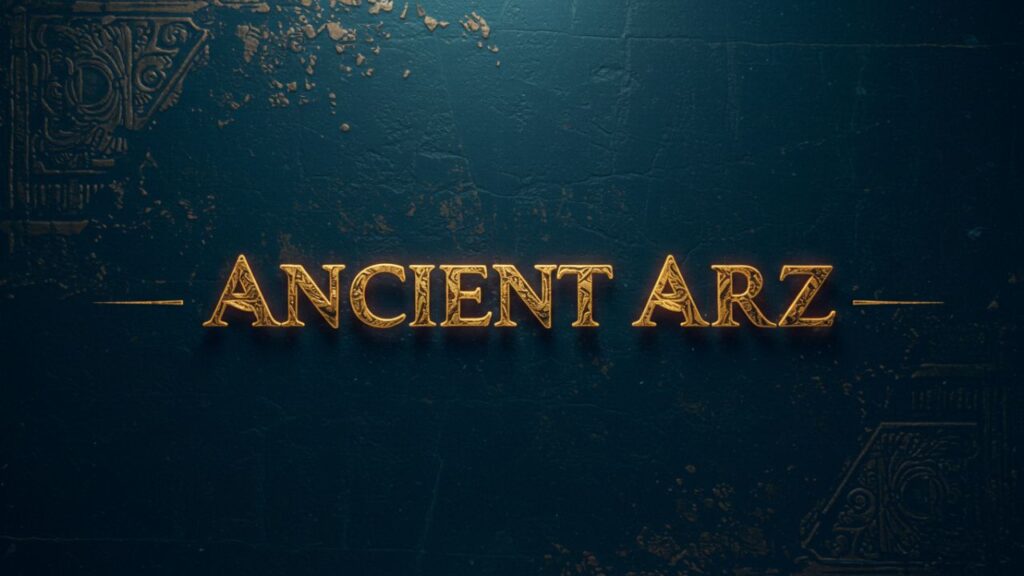Introduction
From cave paintings to monumental sculptures, ancient artz represent some of the earliest forms of human expression. These artistic creations offer a glimpse into the lives, beliefs, and cultures of past civilizations. Today, artists, historians, and collectors continue to draw inspiration from ancient artz, recognizing their enduring beauty and historical importance. In this guide, we’ll explore the world of ancient art, covering its origins, techniques, global variations, and its continued influence on modern-day design and culture.
What Are Ancient Artz?
Defining Ancient Artz in Historical Context
Ancient artz refers to the visual artworks produced by early civilizations, often before the fall of the Roman Empire in the 5th century AD. These include sculpture, pottery, cave drawings, murals, mosaics, and symbolic carvings made by cultures such as the Egyptians, Greeks, Romans, Mesopotamians, Chinese, and the Indus Valley civilization.
Though styles varied across time and region, ancient artz consistently served a purpose—religious, ceremonial, decorative, or political. They were not just aesthetic creations, but also tools of communication, storytelling, and legacy.
The Origins of Ancient Artz
Prehistoric Beginnings
The earliest known ancient artz date back to the Upper Paleolithic period, nearly 40,000 years ago. Found in caves in Europe, Africa, and Asia, these artworks—mostly depicting animals and hunting scenes—were made using natural pigments and simple tools.
Early Civilizations and the Rise of Artistic Expression
-
Mesopotamia: Often regarded as the “cradle of civilization,” ancient Mesopotamia produced cylinder seals, relief sculptures, and ziggurat decorations.
-
Ancient Egypt: Known for hieroglyphics, tomb paintings, and statues of deities and pharaohs.
-
China: The Shang Dynasty created elaborate bronze vessels and jade carvings—stunning examples of early ancient artz.
-
The Indus Valley: Known for steatite seals, pottery, and terracotta figurines with distinct motifs.
Styles and Mediums in Ancient Artz
Sculpture and Relief
From Greek marble statues to Egyptian stone carvings, sculpture was central to ancient artz. These were used to honor gods, leaders, or to decorate temples and palaces.
Pottery and Ceramics
Many cultures used pottery not only for utility but also as a storytelling medium. Red-figure and black-figure pottery from Ancient Greece remains a famous example.
Paintings and Murals
Frescoes from Pompeii and tomb paintings from Egypt provide insight into daily life, mythology, and rituals of ancient peoples.
Metalwork and Jewelry
Intricately crafted using bronze, gold, and silver, these items were symbols of power, spirituality, and craftsmanship.
Symbolism and Meaning in Ancient Artz
Unlike modern art, which often leaves interpretation to the viewer, ancient artz was deeply symbolic. Common themes included:
-
Deities and spirituality: Art was a medium for worship.
-
Nature and fertility: Especially in Neolithic art.
-
Afterlife and rebirth: Central in Egyptian culture.
-
War and power: Seen in Assyrian and Roman reliefs.
Each piece told a story or preserved a belief system, embedding deep cultural meanings into its form.
Regional Variations of Ancient Artz
1. Egyptian Ancient Artz
Highly stylized, symmetrical, and focused on the afterlife, Egyptian art is perhaps the most iconic of all ancient civilizations.
2. Greek and Roman Ancient Artz
Classical art emphasized idealized human forms, realism, and proportion. Roman art expanded on Greek influences, introducing portraiture and engineering marvels like mosaics.
3. Asian Ancient Artz
Chinese and Indian ancient art focused heavily on religion (Buddhism, Hinduism, Confucianism) and nature. Calligraphy, temple sculptures, and symbolic animals were prevalent.
4. African and Mesoamerican Artz
From the Nok sculptures of West Africa to the Mayan temples of Central America, these cultures used ancient artz to record lineage, mythology, and cosmic beliefs.
The Role of Ancient Artz in Modern Society
Education and Academic Research
Art historians and archaeologists study ancient artz to better understand early civilizations and how they shaped modern cultures. Museums worldwide house these works, making them accessible for public education.
Influence on Contemporary Art
Many modern and postmodern artists—like Picasso, Kandinsky, and Gehry—have drawn on ancient artz for inspiration in form, composition, and symbolism.
Cultural Preservation and Identity
For many cultures, ancient artworks are not just relics—they are vital to preserving national identity and heritage.
Fashion and Interior Design
Trends in jewelry, textiles, and home décor often borrow motifs from ancient artz, bringing timeless elegance into the modern world.
Collecting and Preserving Ancient Artz
Ethics and Legal Considerations
While collecting ancient artifacts is a passion for some, it raises ethical and legal questions. Many governments enforce strict laws on artifact exportation and demand the return of stolen items.
Restoration and Conservation
Museums and institutions invest heavily in preserving using modern technology to analyze and restore fragile pieces without damaging their integrity.
How to Explore Ancient Artz Today
Visit Museums and Exhibits
World-class institutions like The Louvre, The British Museum, and The Met offer extensive collections of ancient artz from every corner of the globe.
Online Resources and Virtual Tours
Websites, documentaries, and virtual museum tours now make it possible to explore from the comfort of your home.
Educational Courses and Books
Enroll in art history classes or read specialized books to deepen your understanding of different periods and styles.
Conclusion
The legacy of ancient artz is one of beauty, meaning, and human ingenuity. These early expressions not only shaped their societies but continue to influence art, culture, and design across the modern world. Whether you’re a student, an art lover, or simply curious about the past, diving into the world opens up a rich tapestry of human experience that transcends time.
By appreciating, preserving, and learning from these masterpieces, we honor the creative spirit that has always been at the heart of civilization.





